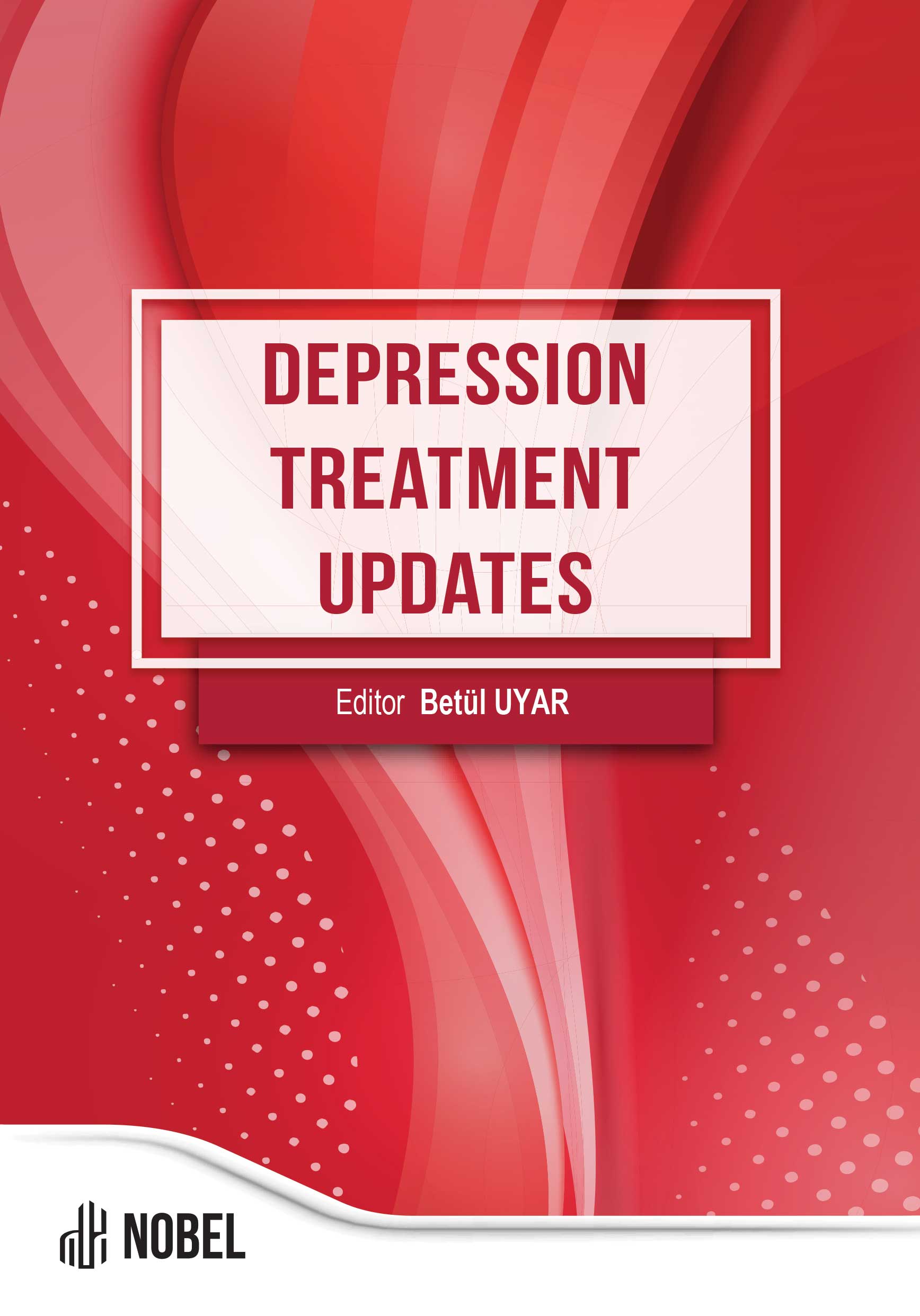The Role of Ect in Depression
No contributors found.
Release Date: 2024-05-30
Electroconvulsive therapy (ECT) originated in Italy in the 1930s and regained significance in the 1980s due to its efficacy in cases where psychotropic drugs were insufficient. Today, it’s a safe and effective treatment for major depression, mania, schizophrenia, and catatonia. Public misconceptions about ECT exist, leading to reluctance among patients and physicians. Advancements in technology [...]


